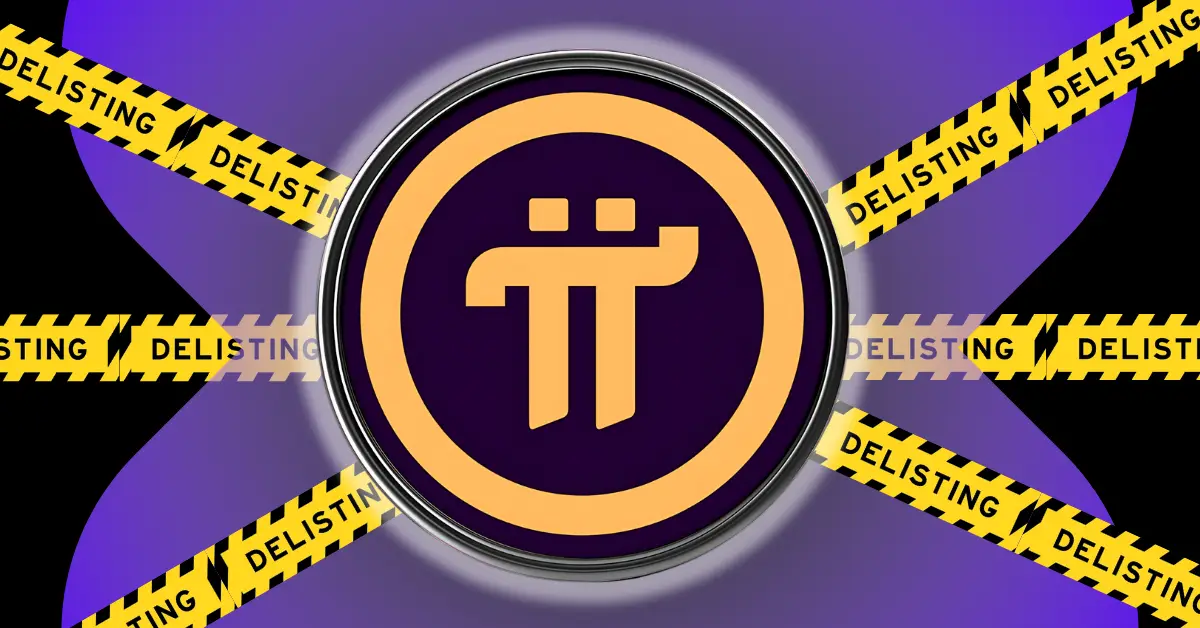
The cryptocurrency landscape is undergoing seismic shifts as regulatory frameworks tighten globally. Among the most intriguing developments is the Pi Network’s recent Know Your Business (KYB) approval through its partnership with fiat gateway Banxa—a move that could redefine how 35 million Pi miners interact with mainstream finance. This regulatory milestone arrives at a critical juncture, where projects face existential pressure to either comply or fade into obscurity.
The Compliance Domino Effect
Banxa’s KYB approval didn’t come easy. The payment processor temporarily froze Pi transactions during verification—a decision that sent shockwaves through Pi’s community forums. Like a nightclub bouncer checking IDs, regulators demanded proof of legitimate business operations before granting access to the financial mainstream. This temporary friction ultimately served as a pressure test: Banxa emerged with approval to process Pi purchases across 100+ countries, while accumulating strategic Pi reserves during the suspension period. The implications are profound—what was once traded peer-to-peer with the volatility of a Brooklyn flea market now enters the realm of regulated exchanges.
From Back-Alley Swaps to Mainstream Rails
Prior to KYB clearance, Pi changed hands through risky P2P channels resembling Craigslist barter systems. Banxa’s compliance infrastructure changes the game entirely: users can now purchase Pi directly with fiat currencies through verified KYC channels. This transforms Pi from a speculative social experiment into an asset with measurable liquidity pathways. The mechanics mirror traditional forex markets—Banxa acts as the intermediary absorbing volatility, while the network benefits from price discovery mechanisms previously unavailable. Early signs suggest adoption spikes in emerging markets where Banxa’s mobile-first onboarding resonates strongly.
The Regulatory Gauntlet Ahead
Pi’s journey exposes cryptocurrency’s core paradox: decentralization ideals colliding with compliance realities. The network still faces hurdles like BitMart’s suspension of Pi trading pending 1:1 swap approvals—regulatory speed bumps that reveal how far the project must travel. Yet strategic moves like the Fruity Pi DApp launch ahead of Consensus 2025 demonstrate adaptive innovation. Analysts note an emerging pattern: projects that proactively engage with regulators (rather than evade them) are building moats against future crackdowns. Pi’s gradual compliance strategy contrasts sharply with meme coins’ “pump-and-dump” cycles, suggesting a deliberate play for long-term viability.
The Pi Network’s evolution offers a masterclass in navigating crypto’s new reality. Compliance isn’t killing decentralization—it’s forcing it to grow up. As Banxa’s infrastructure brings Pi into daylight markets, we’re witnessing the birth pangs of a hybrid model: community-driven assets with regulated liquidity rails. For investors, the lesson is clear—in 2024’s climate, regulatory approval isn’t just paperwork; it’s the difference between building on bedrock or quicksand. The projects that survive this filtration process may finally deliver blockchain’s original promise: open finance without the Wild West risks.






